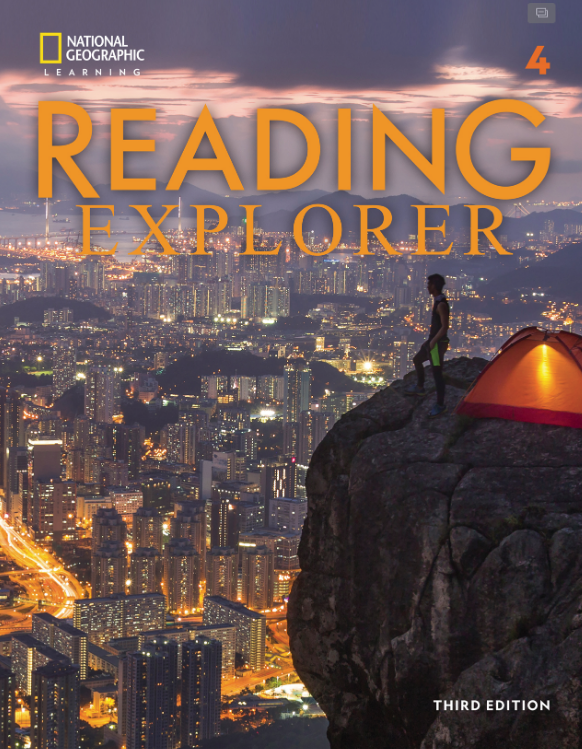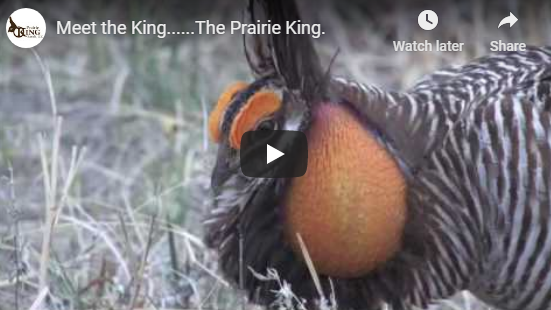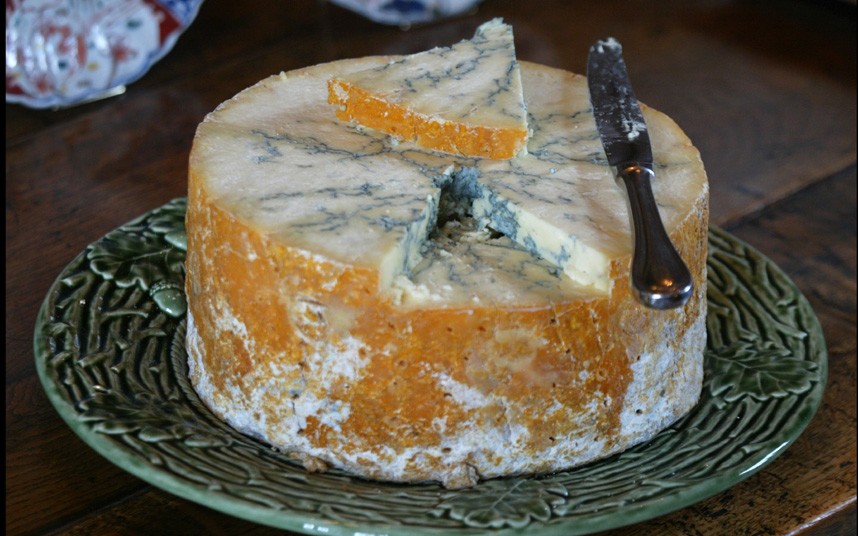Welcome to English 2A. In this course students will engage with
a variety of current topics ranging from science to history. While addressing such
topics, students should expect to practice and improve their grammar, lexical, and
discourse skills. Academic writing skills will also constitute an important segment
of this course, which will include both individual and group work. Students will also
examine and present related material in class to enhance our classroom discussion.

In more detail, our goals are to (a) enhance students' vocabulary, (b) analyze contemporary issues of interest while polishing reading and writing skills, and (c) further develop academic and presentation writing skills.
The Basics ...
In case you're curious what thrills await, here is the English 2A syllabus for your enjoyment.
For those of you that had me as an instructor last year, you'll remember that I insist on polite email when you contact me. For those of you that are new to my classes, note that you must write to me in appropriately formal language. Lest you not know exactly what I want, please take a close look at how to write a polite e-mail.
As promised, here is the explanation for your reaction journal.
Reading Explorer (MacIntyre)

This section includes random—yet somehow related—links from the units in our textbook, Reading Explorer 4 (3rd edition) by Paul MacIntyre and David Bohlke.
As you'll cleverly note in the upper, lefthand corner of the cover of your textbook, this book comes to us courtesy of the National Geographic Society, which is known for its maps, photography, and the wonderful magazine.
Soon After Our First Class on April 14 ...
Good day, everyone! Dr. Elwood here, and I hereby welcome you to English 2A, which is an integrated with a larger reading component. Soon after our first class meeting on April 14, please complete the following tasks, my good people:
Your Homework
- ✔ Visit our class webpage;
- ✔ Watch the
Polite E-mail in English video

- ✔ Send me a polite e-mail (in English, of course) to introduce yourself;
- ✔ Check this example of a written reaction report;
- ✔ Check this example of a written reaction report done as a blog entry; and
- ✔ Watch this YouTube video
to familiarize youself with Flipgrid

Unit 1A: The Visual Village (April 14 & 21)
An early and powerful memory for me is my uncle, Henry, taking pictures. Henry was an amateur photographer in addition to his regular job of teaching, and my brother and I visited him for a few days one summer to learn more photography (and earn our photography merit badge!).
An aside you might consider is the world of pinhole photography. These are quite simple devices, yet the photographs they take are of reasonable quality: how a pinhole camera works and a 5-minute introduction to pinhole cameras.
Here for your reading pleasure is Chapter 1 of our textbook.
Your Reaction Reports
- ✔ Reaction reports (a total of 6)
- ✔ 1-2 pages (typewritten) OR 3-4 minutes (recorded using Flipgrid)
- ✔ Your choice of mode, but at least one of each type
- ✔ At least one report from each chapter
- ✔ Any point from or related to the chapter's topic(s)
- ✔ Submit written reaction reports using this File Request (Reaction Reports), please.
- ✔ Submit oral reaction reports using this Flipgrid link, please.
Unit 1B: A Life in Pictures (April 28 & May 12)
While Basho was a traveler of long ago, we are fortunate to have access—without leaving the house or university—to images of the places he visited. One of the venerable folks bringing us such images is Annie Griffiths, whose website is here. She is also a tireless worker on behalf of women worldwide, including being the founder of Ripple Effect Images, which is "a nonprofit collective of world-class storytellers." Their work is to tell stories about women and girls, who are "forces of nature". The film I watched just now was "A Drink in the Desert"—remarkable, simply remarkable.
Photography has, of course, long played a role in social change, and it's worthwhile to consider this. Photography for social change, courtesy of The Slender Thread.
Related Material
- ✔ A History of Photography
- ✔ History of Photography in Pictures
- ✔ the Hubble Space Telescope
- ✔ 360° videos from airplano.com
Unit 2A: Living Light (May 12 & 19)
Quite a beginning to this chapter, folks—living things that light up, that glow. Just to set the stage, let's visit the bioluminescence webpage of the Smithsonian Institute (which is well worth getting to know). Please take a few minutes to look through both of these webpages.
This morning I'd like to add a bit more knowledge to our discussion. Courtesy of NOAA, here is a series of lessons about the ocean. Particulary relevant to our current reading is #6, Deep-sea Benthos, but the other lessons are very interesting as well.
David Attenborough's deep-sea documentary
![]()
Thus, my good people, let's do a bit of reading with this fine reading on ocean zones. Please gently read the first few pages, after which you'll learn more about one particular inhabitant of the deep ocean. From the list on page 103, please collect information about one type of creature. A good source of information is the Monterey Bay Aquarium.
From the Scripps Institution of Oceanography at UC San Diego, here is a very informative webpage on bioluminescence questions and answers.
Note: We will have no class on June 2 because I will be in the US on an official university business trip.
Unit 2B—Feathers of Love (June 9 & 16)
 Just to put this all in context, here are two clips showing dancers in action.
The top one is courtesy of the
Cornell Lab of Ornithology, while the bottom one is of the display and dance
of the prairie chicken, which is reasonably common in my home state.
Just to put this all in context, here are two clips showing dancers in action.
The top one is courtesy of the
Cornell Lab of Ornithology, while the bottom one is of the display and dance
of the prairie chicken, which is reasonably common in my home state.
As long as we're in the neighborhood, let's drop by the linguistic world in Papua New Guinea. As you will know from class, one of the many languages in that country is called Tok Pisin, which bears more than a passing resemblance to English. Some examples for your enjoyment:
Related Material
- ✔ Tim Laman & Ed Scholes on
birds of paradise

- ✔ introduction to Tok Pisin

- ✔ Tok Pisin at Australian National University
- ✔ news in Tok Pisin
- ✔ Tok Pisin introductory lesson
- ✔ the creation of the world
- ✔ NEW: answer key to pp. 38-40
Unit 3A: Food Safety (June 23 & 30)
In our reading this week, you'll find the Center for Disease Control and Prevention mentioned (line 78 on page 40). In particular, notice the 'Multistate Outbreak' in the 'What's New' row. Please have a look at the PulseNet website, which is mentioned in our text on page 43.
Unfortunately, concern about food safety can have an adverse effect on unintended victims. Here is a New York Times story about how cheese producers might suffer due to food safety regulations. This would be sad, good people, for many people (myself included) enjoy the piquant taste of some kinds of cheese.
 To more fully appreciate this, let's add some imagery (and delightful British English) to your
experience today. Stilton cheese is one type of blue (or bleu) cheese that is made in a 3-country
area in England, and the process of making Stilton cheese involves a substantial degree of
contact with humans, boards, and other things that probably are clean. Here we have an
interesting video on how traditional Stilton cheese
is made
To more fully appreciate this, let's add some imagery (and delightful British English) to your
experience today. Stilton cheese is one type of blue (or bleu) cheese that is made in a 3-country
area in England, and the process of making Stilton cheese involves a substantial degree of
contact with humans, boards, and other things that probably are clean. Here we have an
interesting video on how traditional Stilton cheese
is made ![]() . Here as well is the
website of the Stilton Cheesemakers' Association.
. Here as well is the
website of the Stilton Cheesemakers' Association.
A somewhat different aspect of food safety has become an issue here in Japan. Radiation in the aftermath of the Fukushima nuclear disaster has caused hardships for producers in the Tohoku region, but one man has made efforts to address that situation.
A most thought-provoking webpage on the economics of a Starbucks cappaccino grande
Unit 3B: Genetic Engineering (July 7)
Let's begin this morning by watching a clip on GM organisms titled
OMG, GMOs ![]() , which is a clever combination of acronyms.
, which is a clever combination of acronyms.
Have you ever wondered ... how GM food is made? For your enlightenment, here is a video on
how
GM food is made ![]()
An ode to Stilton cheese, a culinary delight from England (see page 50 in your textbook). In the picture to the right you can see Stilton cheese, my good people.
New: Of course, one alternative to developing GM food is to return to less known varieties of food. In this recent story, we learn about David Benscoter, an apple detective who has discovered several species thought to be lost.
Related Material
- ✔ The Truth about Genetically Modified Food and the same article as a PDF.
- ✔
GMO debate grows over golden rice in the Philippines

- ✔
Pamela Ronald: The case for engineering our food (TED Talk)

- ✔ Your homework this week: write a reaction report on Chapter 3. The link to hand this in is here: File Request (Reaction Reports)
Unit 4A: Design & Engineering (July 14 & 21)
 As you'll see on page 69 in our textbook, the Eastgate Centre in Harare, Zimbabwe, is an
outstanding example of how
As you'll see on page 69 in our textbook, the Eastgate Centre in Harare, Zimbabwe, is an
outstanding example of how
![]() a natural system can provide the inspiration for an artificial object. A
rather more
detailed description is here, courtesy of Ask Nature.
a natural system can provide the inspiration for an artificial object. A
rather more
detailed description is here, courtesy of Ask Nature.
From BBC Science Focus, here is a list of
![]() examples of biomimetic design for your viewing pleasure.
examples of biomimetic design for your viewing pleasure.
Unit 4B— Design & Engineering (July 28)
Today I'd like to have a look at a TED Talk by Cheryl Hayashi titled The Magnificence of Spider Silk.
Writing
As you know from class, I require polite email. Recall, too, that if you send me a file, the filename has a certain form.
Here's an example of the report style that you should use.
As you will know from the class syllabus on Oh! Meiji, your grade will consist of several components as detailed here. Note that this plan is flexible in lieu of the ongoing Covid-19 situation, and thank you for your understanding.
Final Project
- ✔ Topic: Any topic from our textbook (Chapters 1-4) or a related topic
- ✔ Alone or in a group (your choice)
- ✔ Sources from any language; minimum of five
- ✔ Written report (4-6 pages); oral presentation on July 21
- ✔ Deadline: both the written report and the oral presentation must be submitted by July 31.
- ✔ Files will be handed in using this File Request (final project materials).
- ✔ Watch my
PowerPoint guidelines

- ✔ You should also watch my
Academic English report guidelines

